In this extract from the January 2022 issue, Jesús Alejandro Torres introduces a study in which three copies of Stradivari’s ‘Titian’ violin were made from wood of different densities

The following extract is from The Strad’s January 2022 issue feature ‘Copying the “Titian”: A Study in Scarlet’. To read it in full, click here to subscribe and login. The January 2022 digital magazine and print edition are on sale now
How many violinists have dreamt of captivating a concert-hall audience with the sound of their Old Italian instrument? Unfortunately, the reality is that there are not enough of these violins for everyone – not to mention their exorbitant prices – but every day we develop more scientific tools that can help us construct new violins with similar performance attributes. As luthiers, we know there is no such thing as ‘the perfect violin’, but when a musician tells us, ‘I want a violin that sounds like this particular instrument,’ of course we can aspire to fulfil that kind of request. This article looks at three violins that have been crafted with this in mind.
Nowadays we know much about the mode shapes of Old Italian violins, none more so than the 1715 ‘Titian’. This violin has been scientifically analysed more than any other by far (one can find reports on it since at least 1946), and yielded the most vibratory data of the three instruments used in the 2009 Strad3D project (see The Strad, February 2009, for an account of this research). The ‘Titian’ was therefore selected as the reference for three violins made for the current project. For this, we established a multidisciplinary working group comprising makers, musicians and scientists. It was financed by two Mexican non-profit organisations, the Music, Art and Culture association, and the Art, Science and Technologies programme of the National Foundation for Culture and the Arts. Our main aim was to assess whether the vibrational behaviour of the copies would be similar to that of the original instrument, while also paying attention to their final visual appearance.
Computer-aided design (CAD) can be particularly useful in the development of a new violin because the decision making process in this initial stage is crucial in defining the tonal quality of the finished instrument. Essentially, this software allows us to draw the proposed violin geometry in the computer, indicating the material properties of the specific wood to be employed, and choosing the type of analysis to calculate. In 2020 we published a computational algorithm (see bit.ly/31M4Tq7) allowing us to analyse the changes in vibration that are produced by a violin soundbox – based on the ‘Titian’ – as a consequence of variations in the materials, geometry, soundpost location and so on. Then we employed it during the development of the three instruments.
Given the huge capacity for calculation by modern computers, one may assume that every unknown issue about violin design will soon be solved, but this is not the case. Despite all the cutting-edge technology available, machines are incapable of doing anything by themselves. Users will always need a clear view of what must be executed in the computer, and mostly, for what purpose. Achieving this clarity when the violin is analysed is much more difficult than it may appear.





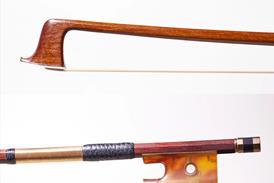

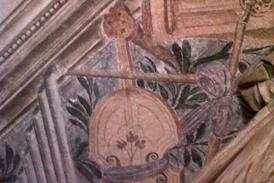




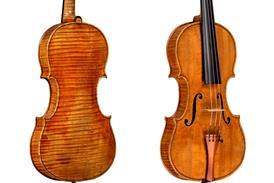

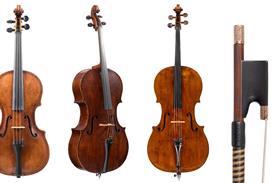






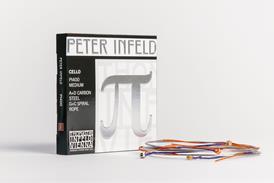













1 Readers' comment